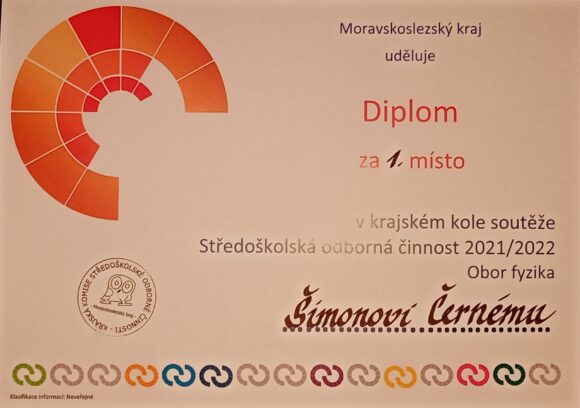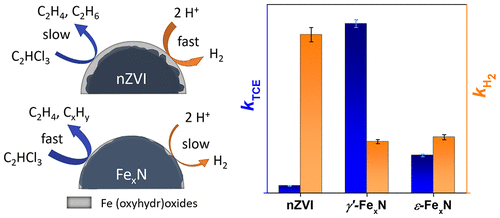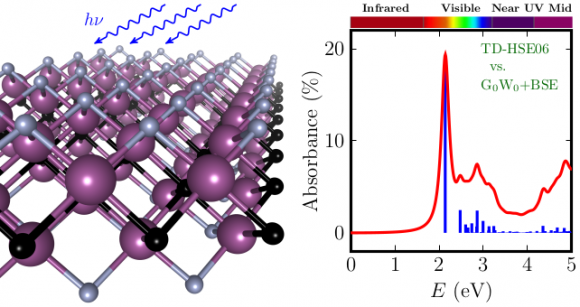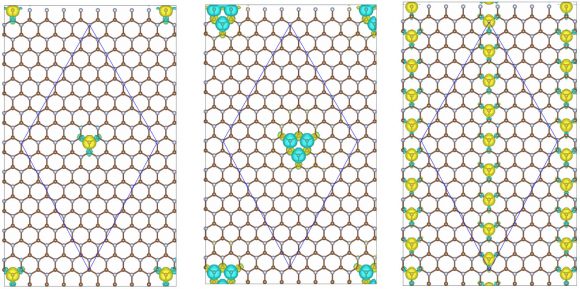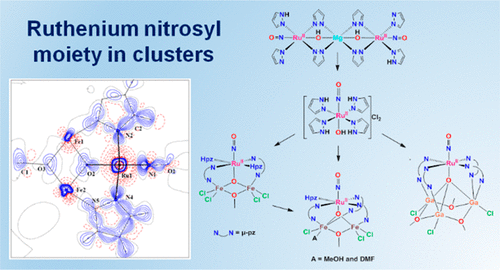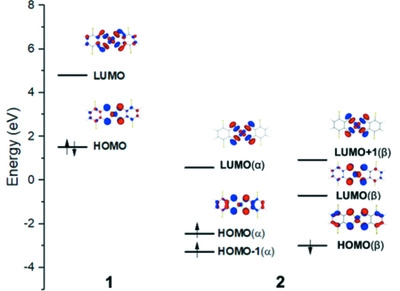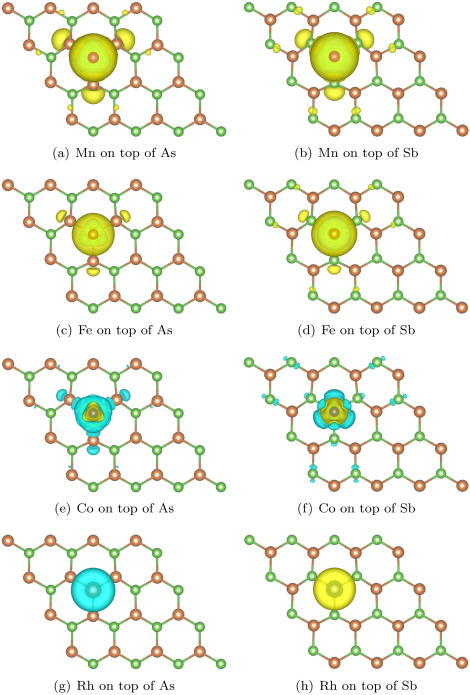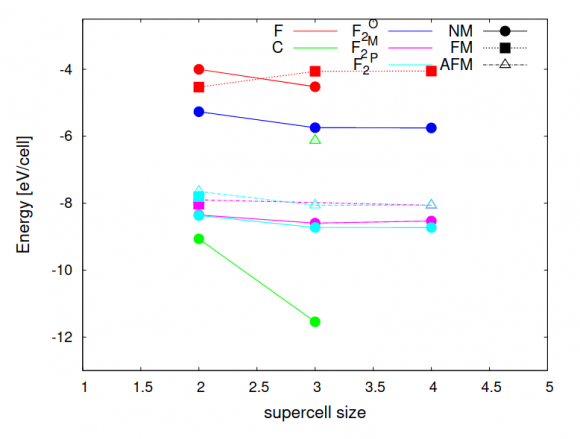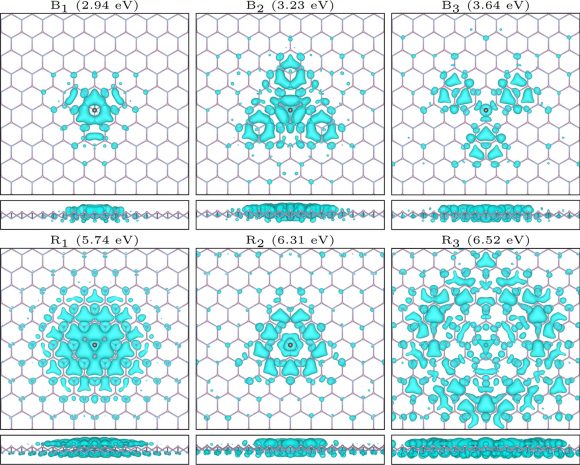Úspěch středoškolského studenta Šimona Černého
Student Wichterlova gymnázia (Ostrava-Poruba) Šimon Černý pod vedením F. Karlického s prací „Elektrické a optické vlastnosti modifikací karbidu molybdenu a jejich izomerů“ vyhrál krajské kolo Středoškolské odborné činnosti v oboru „Fyzika“. K vynikajícímu úspěchu blahopřejeme a držíme palce v celostátní přehlídce.

